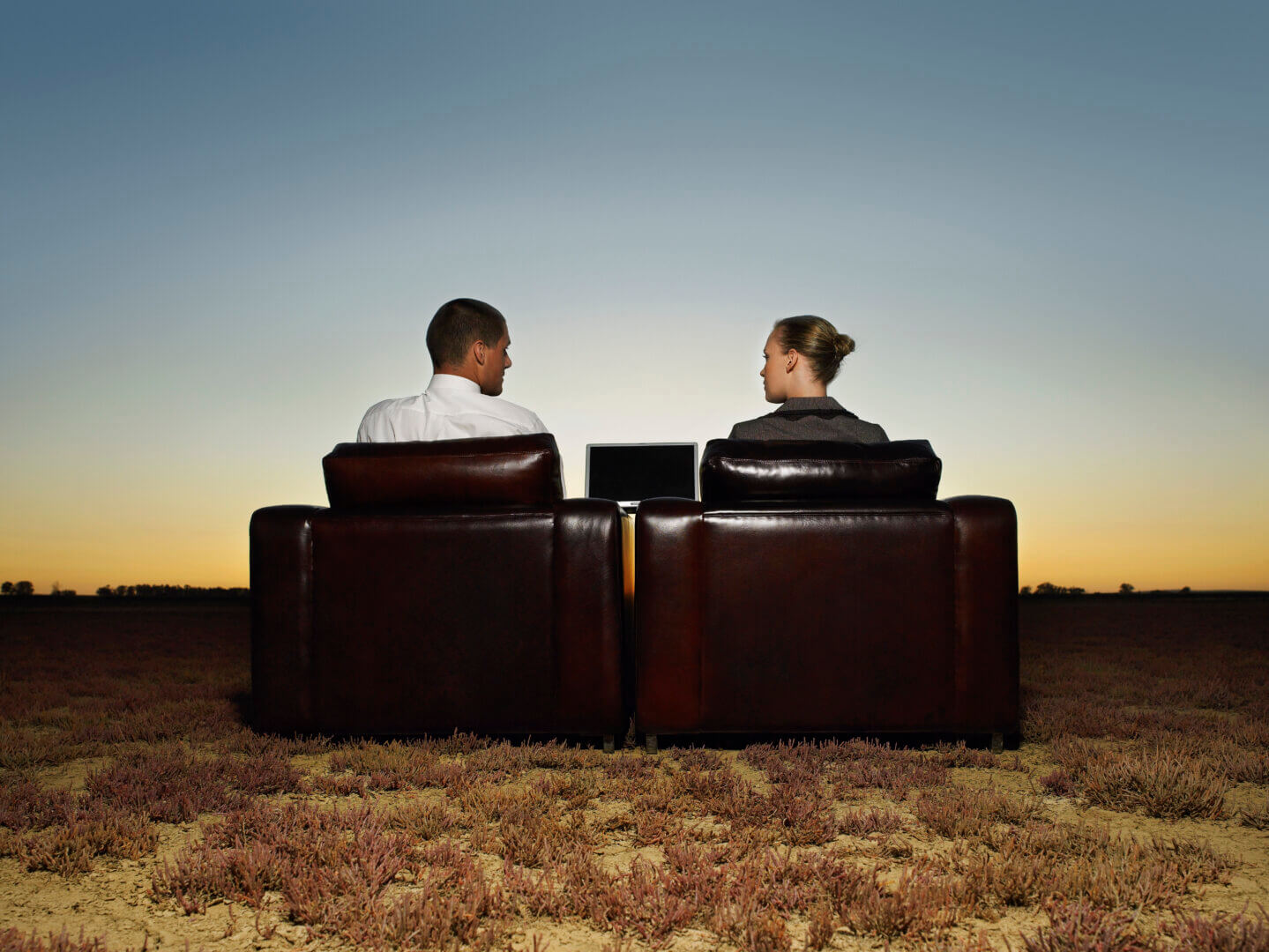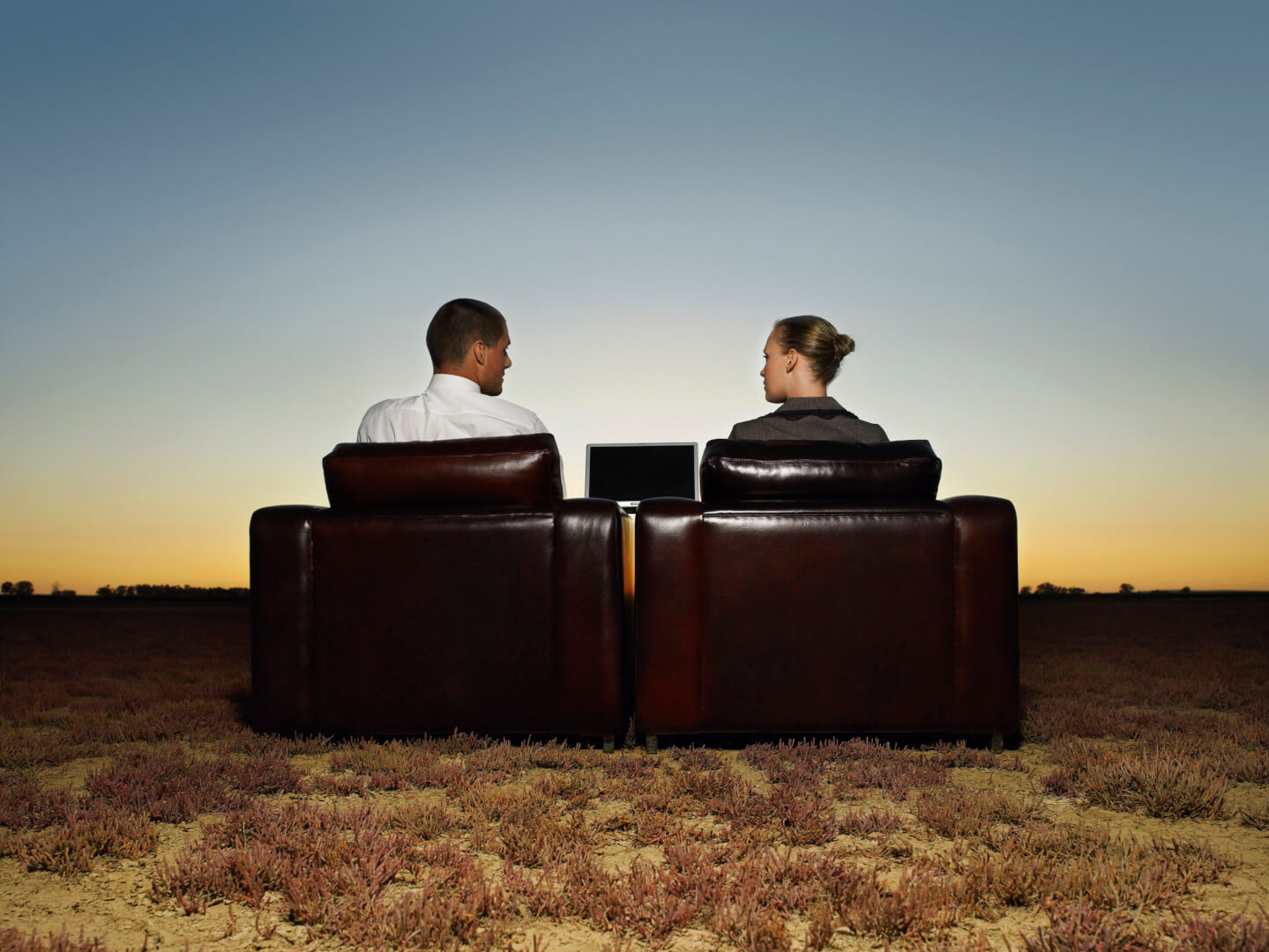Is your remote work setup working?
As a remote-first organisation since we started in 2012, we have learned over time that some things work better than others for a remote team. Often it is not the big stuff that will trip you up. With most of the world facing some shape of remote work, we will be sharing how we work and what helps us.

The soft stuff matters
Communication is absolutely critical and we are not talking about the weekly team meeting here, but the everyday chat and fun stuff. As a manager, you set the tone and the habits for a team. I strongly recommend using a chat tool whether it is Slack, Skype, Teams, Discord, or something else to allow for regular chit chat and some positive inspiration. I often start the chat day with an emoji or GIF to wish the team a productive day.
Depending on the type of team communications you have, you can set up a social channel where anything and everything goes as long as it is respectful of everyone in the team. In our social channel discussions could range from fashion to cooking, games, politics, or even cultural differences, from a curiosity and learning about each other’s culture perspective. When I first saw those kinds of posts popping up, I monitored them and quickly learned that the team was genuinely trying to get to know one another better. Culture proves a great talking point.
Unlearning in-person tactics
The most difficult thing I hear from managers who have had to shift to a remote working structure is to know how their people are doing. Typically in an office environment, you can see by body language and cheerfulness how a team member is feeling. You will see when they are up and when they are down. We have many visual and behavioural cues to work with.
When the visual and behavioural cues fall away, you rely on trust, openness, and communication to fill in the blanks.
I clearly point out to all the team members when they join that I expect them to run their own hours and responsibilities. My expectation is that when they say they will have something done, that it is indeed done. When it starts to lapse I will start asking questions. When their work really drops below the standard I will have daily progress calls. It is very rare that I have had to deploy the full-on micro-management approach. And when I did, it typically meant the same person wasn’t with us for much longer.
There are times as a manager where you would love to know more about your people and when possible, I try to schedule in one on one meetings with everyone once a month. In busy and happening months that will sometimes be a challenge, but team members totally appreciate it and it does a lot for morale. When you are in an office, it is easier to have those in an ad-hoc manner, when working fully remote, you really have to build them into your schedule.
Building rhythms and habits
We have always used technology solutions to help us get our work done even in an asynchronous way across a variety of time zones and continents. When I came across MyDigitalOffice.io I saw some immediate potential to help us to build an even better virtual culture, where some of the action mimics a real office and some of it actually enhances the remote experience.
What I found is that having rhythms that repeat on a daily and weekly basis works for everyone. Building a positive team culture relies on this.
In our distributed team we ask people for a daily check-in and some time zone collaboration overlap. By all of us checking into the digital office, when we sit at the same table we can have a conversation the same as in real life. By sitting on a chair, we can see who is around. We can dedicate specific rooms to a specific purpose whether it is meeting, collaboration or quiet work, or even learning, etc.
We doubled up on our team meetings to allow for structured progress tracking in our remote environment, whereas once a week would have been enough in person. I also introduced a spinning wheel to allow for a bit of random fun as to who gets to go first in our meetings, seeing that everyone updates on progress. It also means that sometimes I go last or in the middle. At the same time the spinning wheel gives everyone a shout-out and a bit of applause, which is a light-hearted but intentional good side effect.

What still didn’t work is that I sometimes forgot who is off on holidays and would still ask them work questions while they are away. It is why the digital office solution also will have a dedicated space for people who are off.
We basically saw the potential in making MyDigitalOffice.io our virtual office and we then went further and negotiated a reseller deal with them and we will ultimately bring the tool into Gamification Nation. If you want to learn more about how our virtual office solution could work for you, please get in touch and I will gladly walk you through it.




